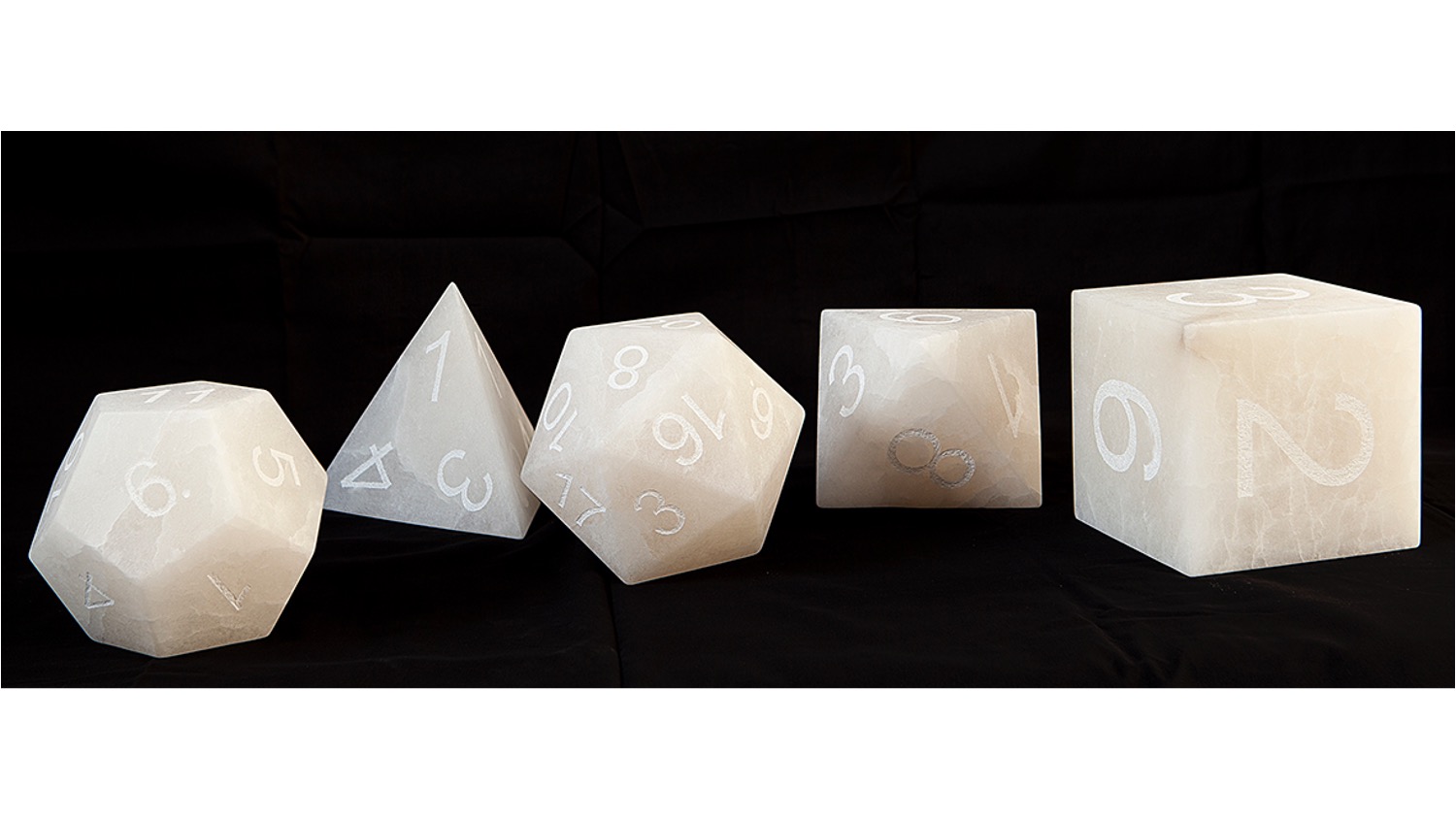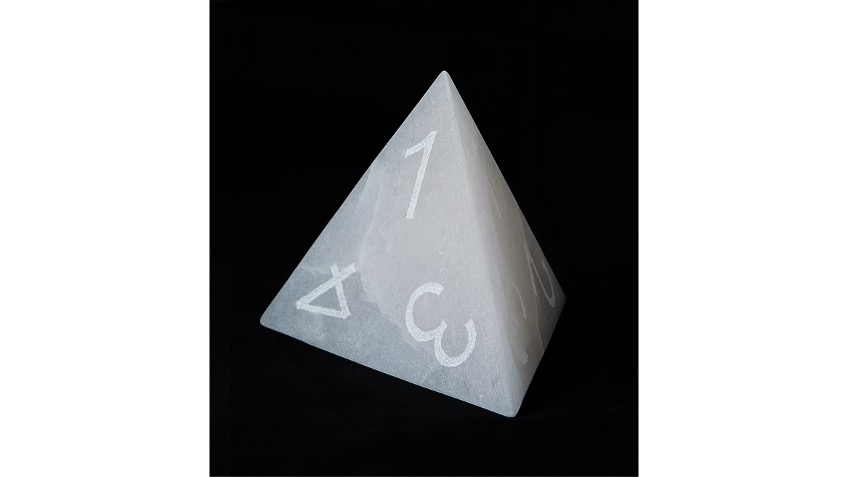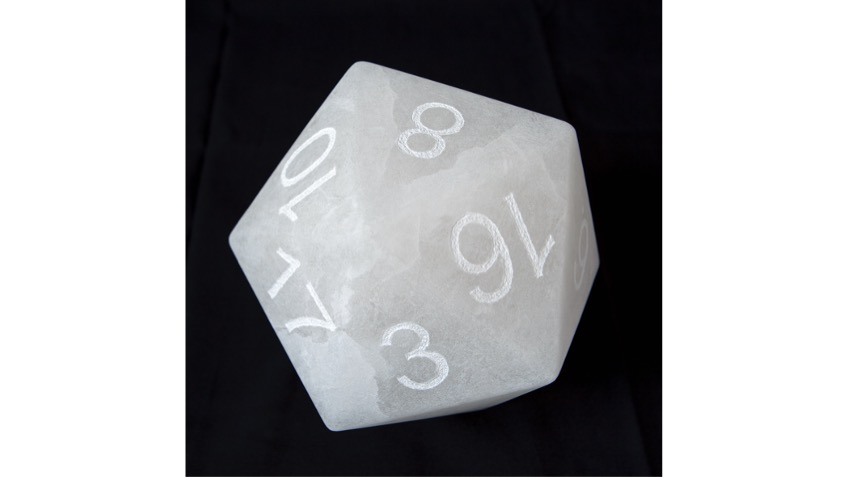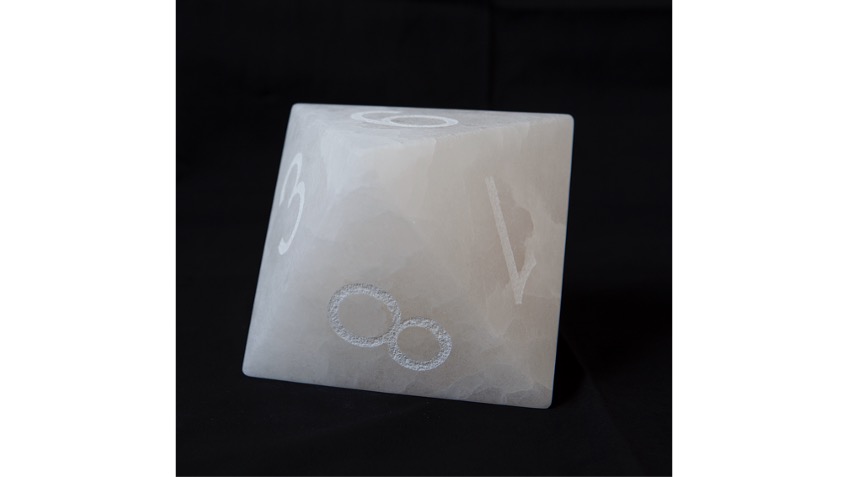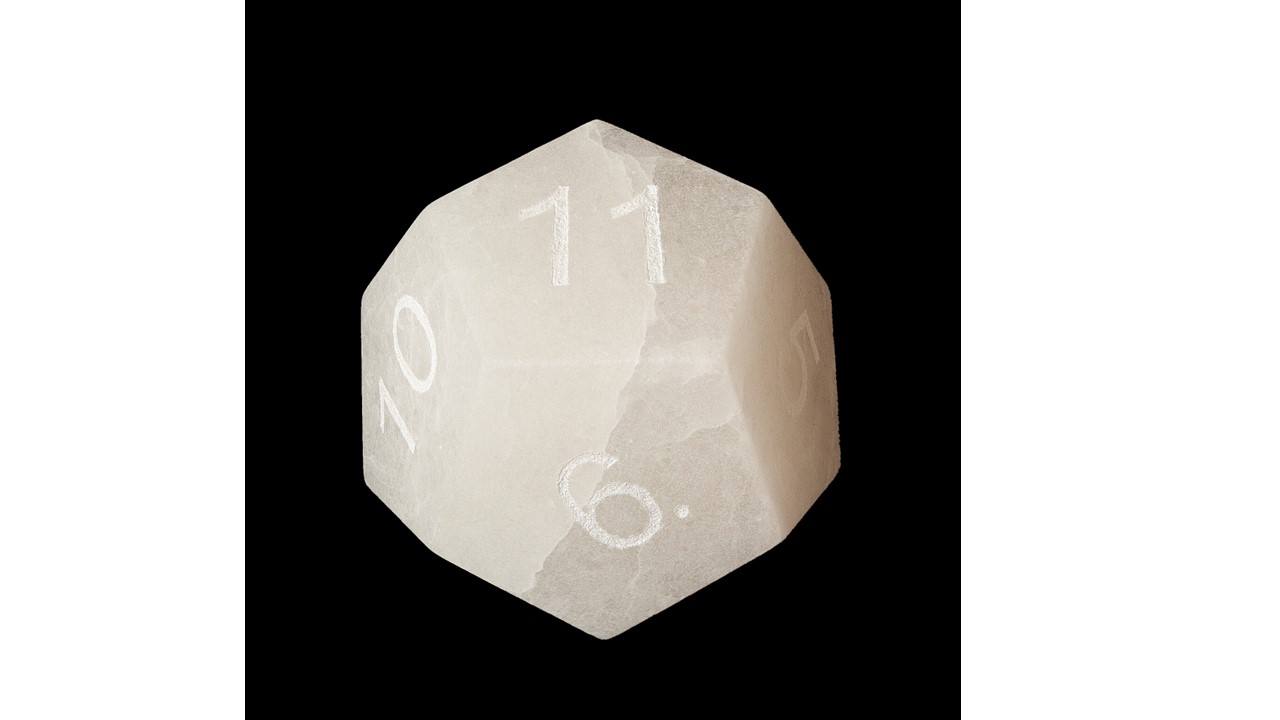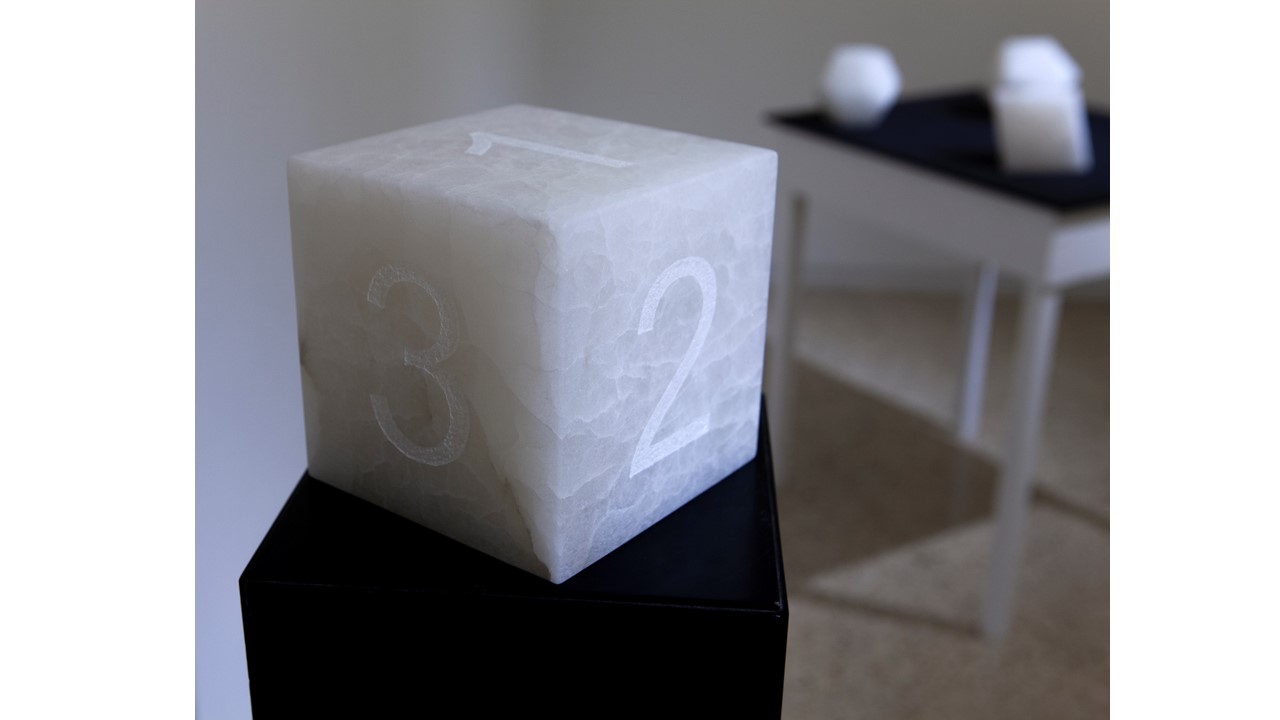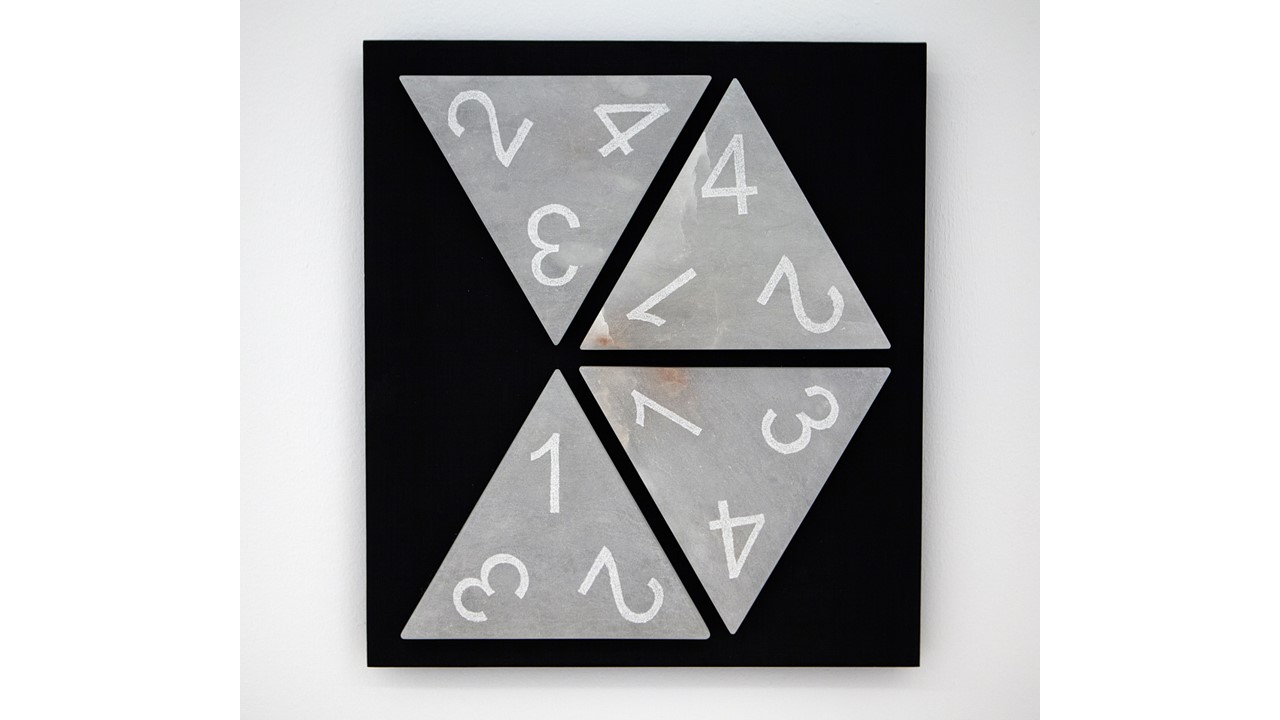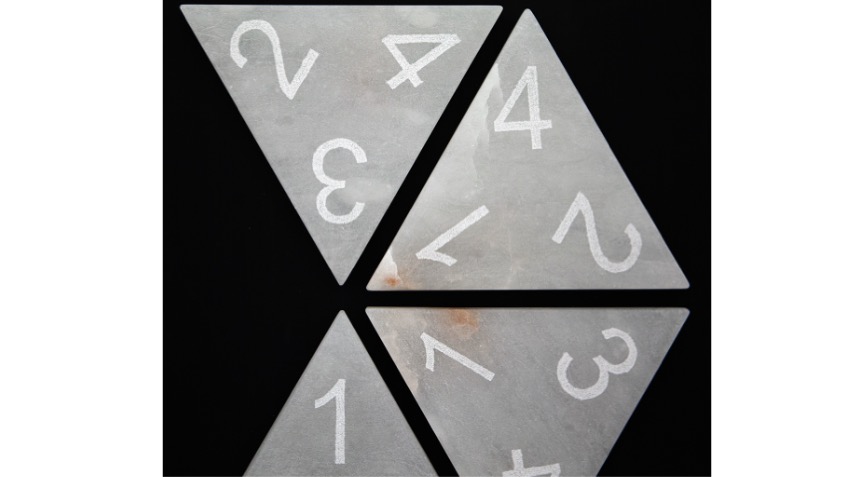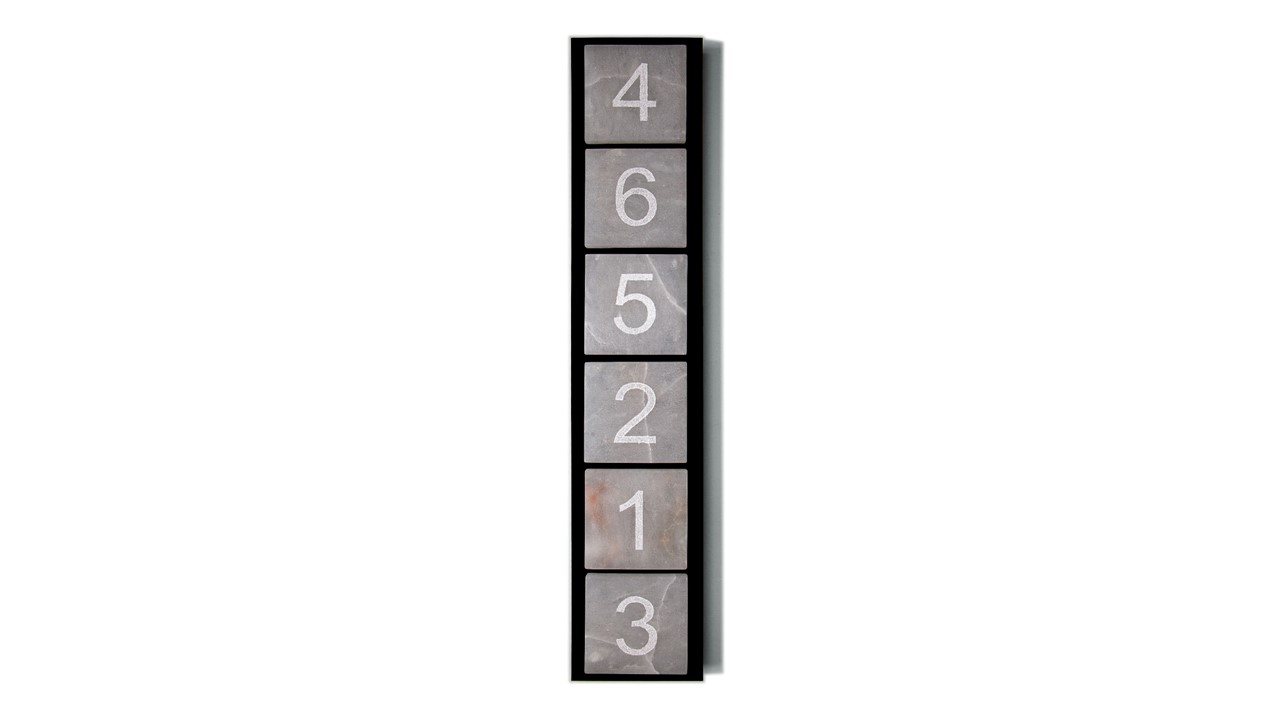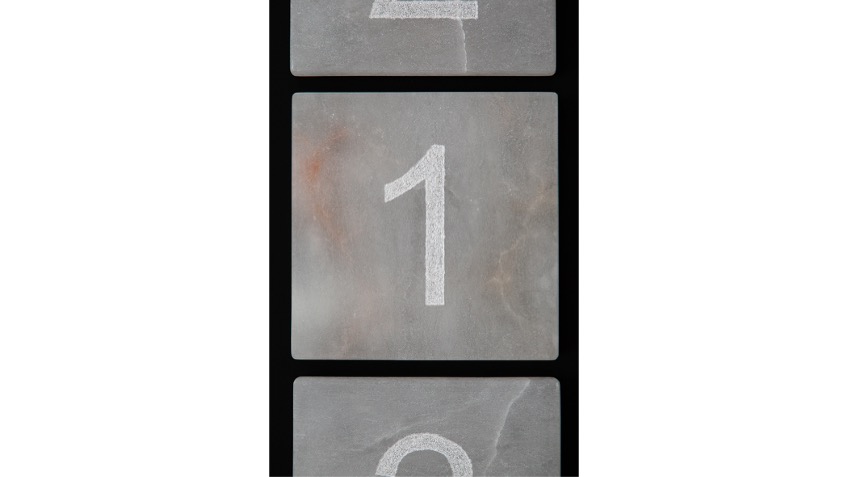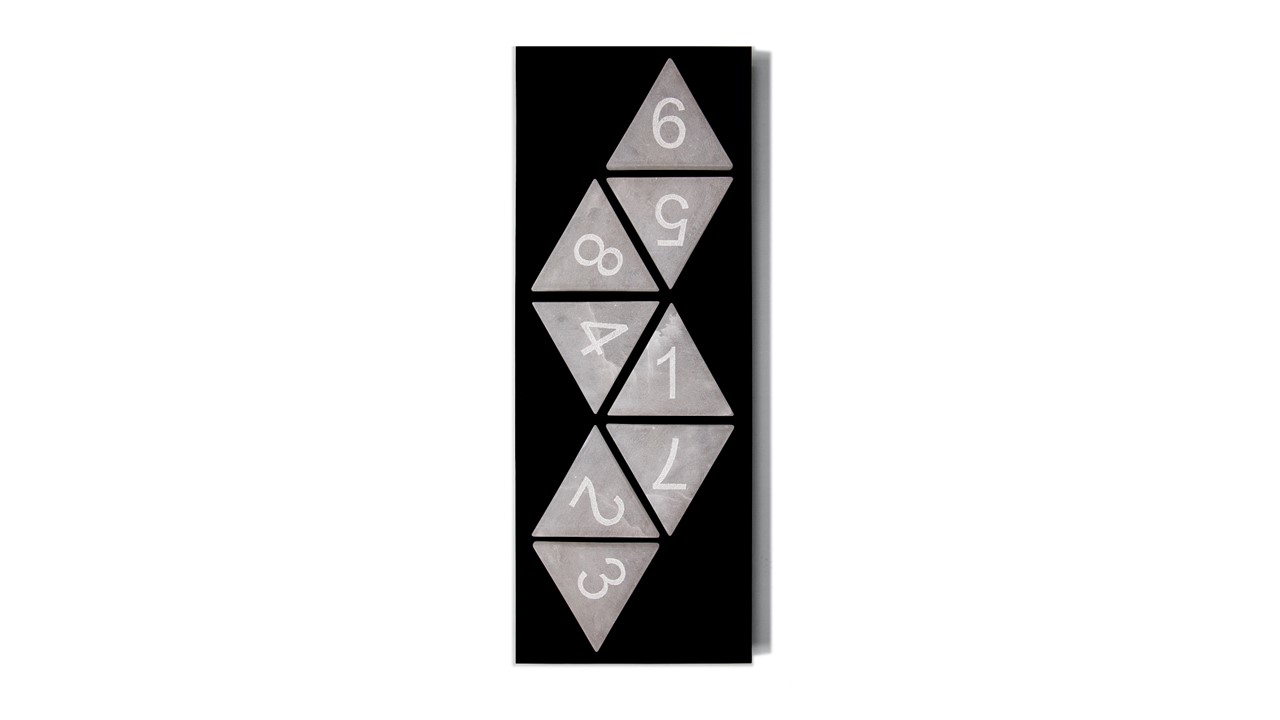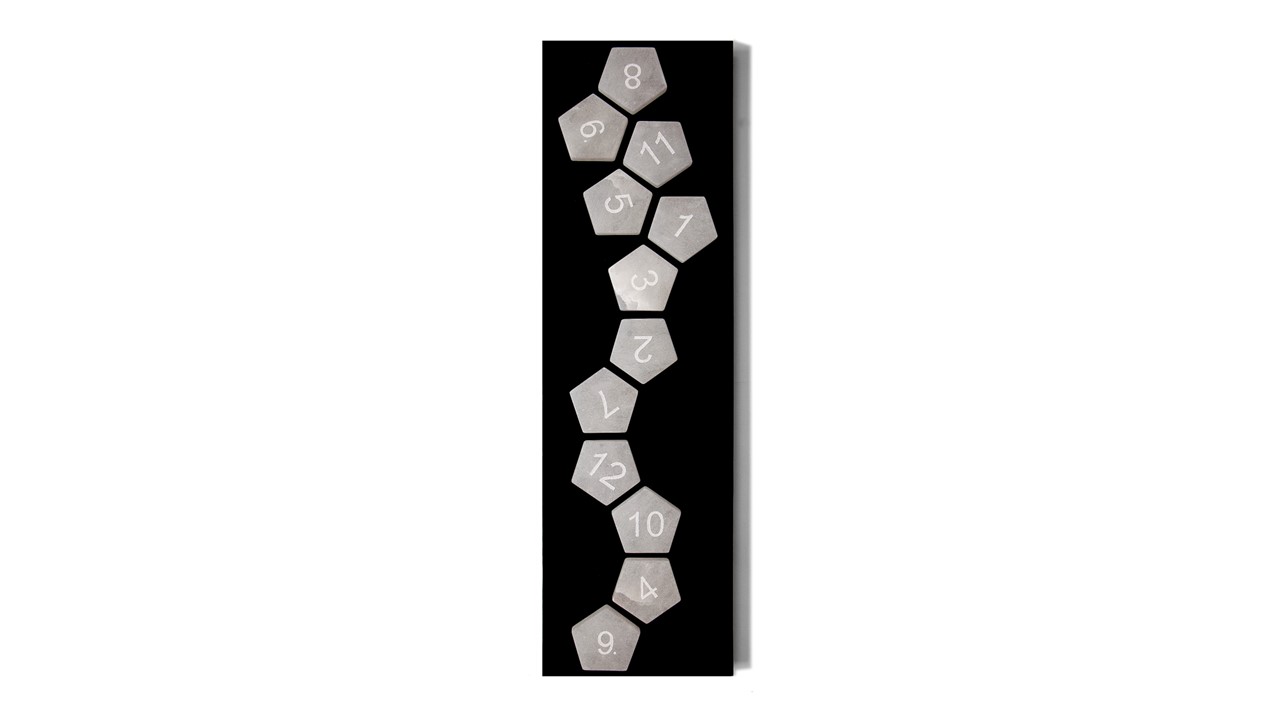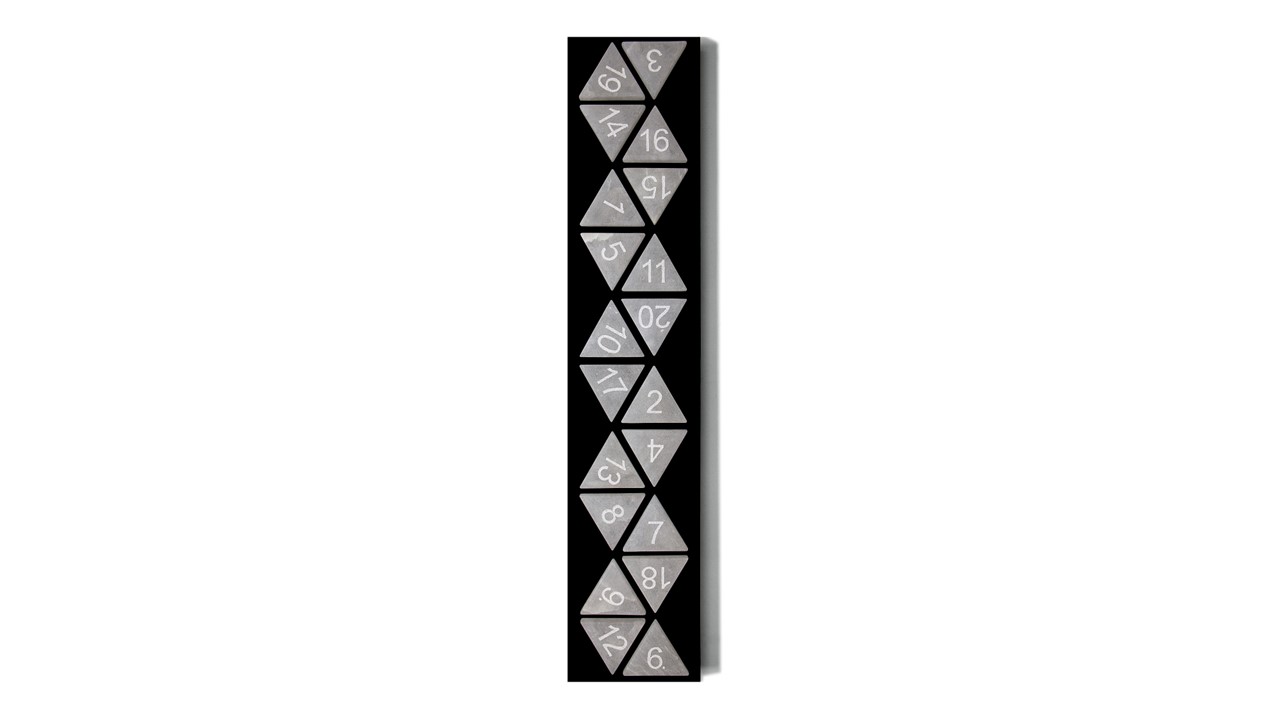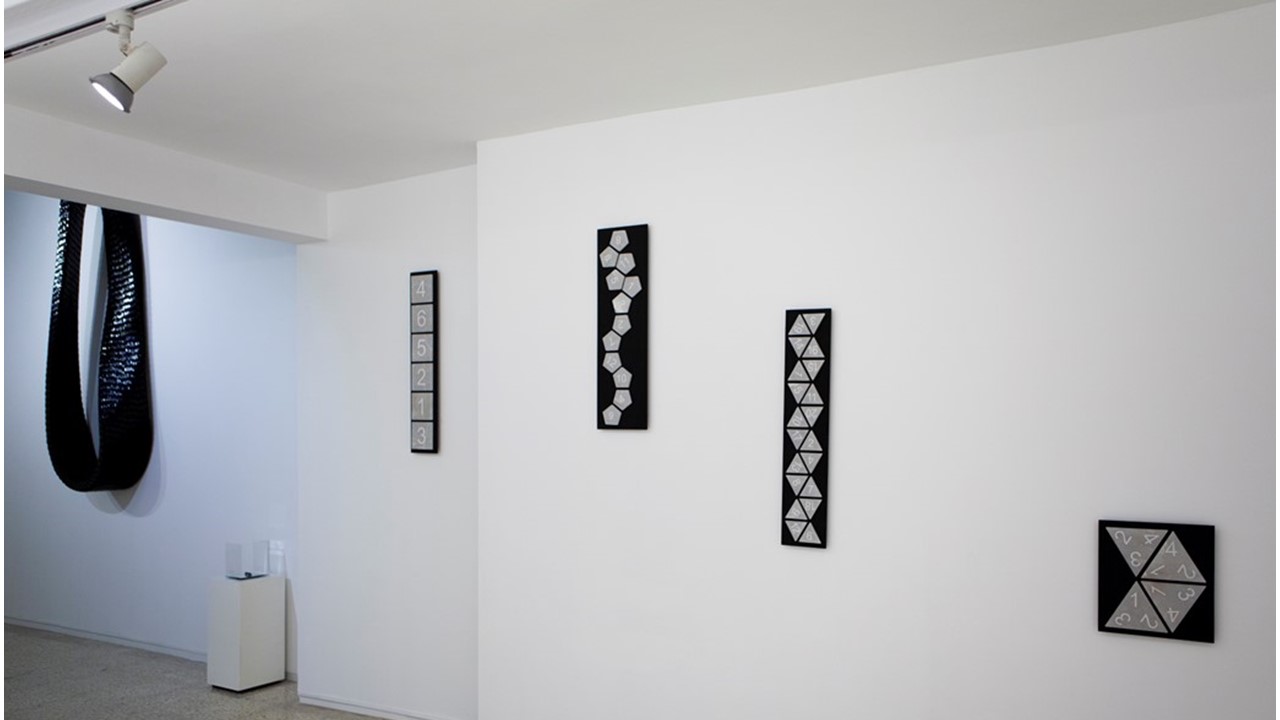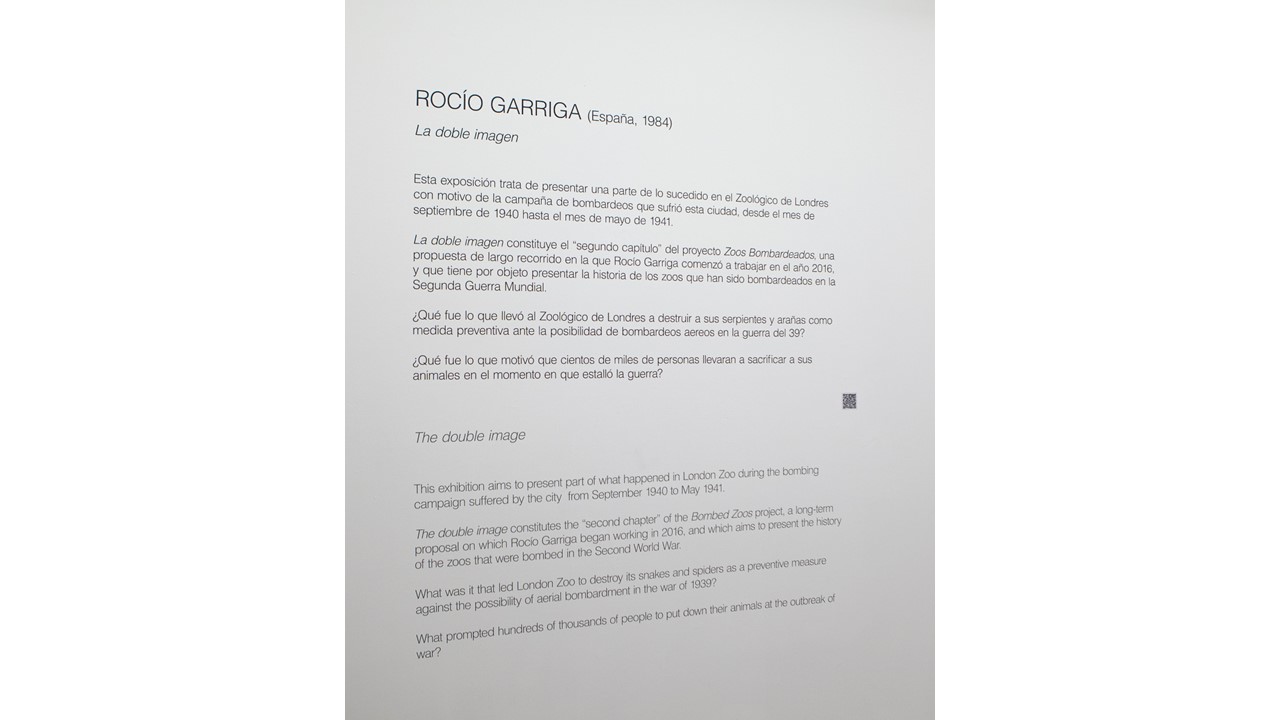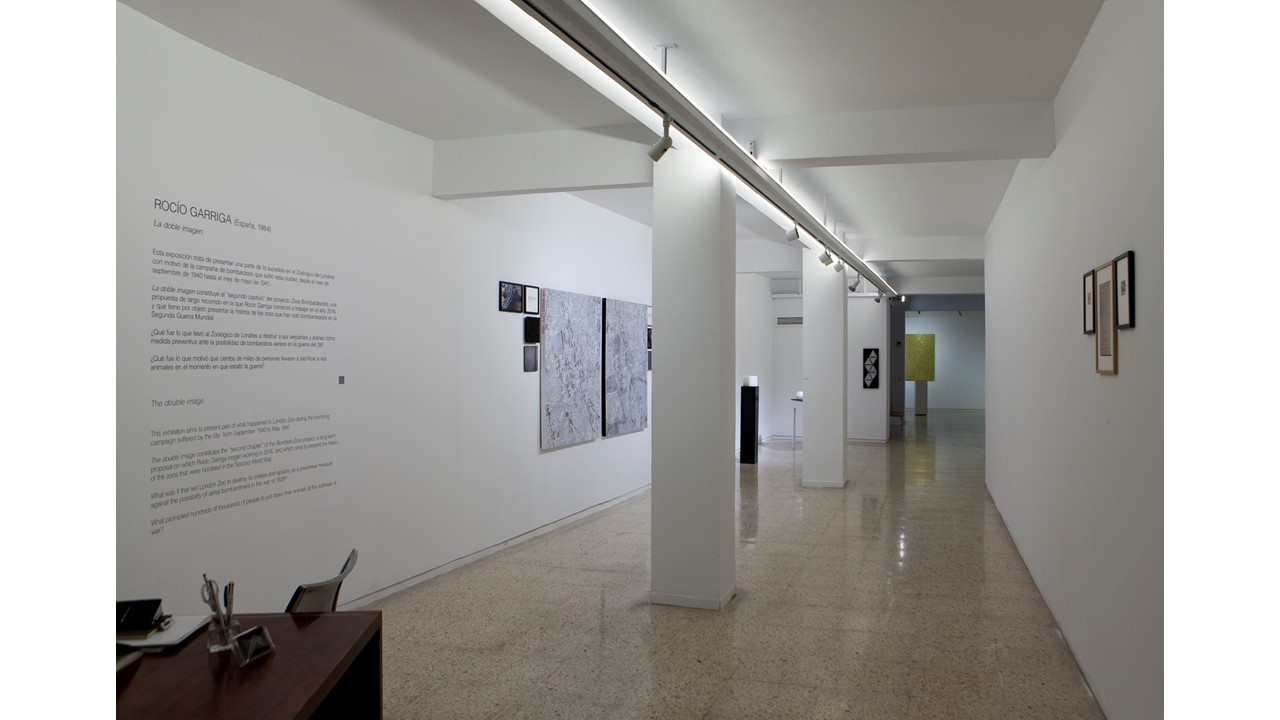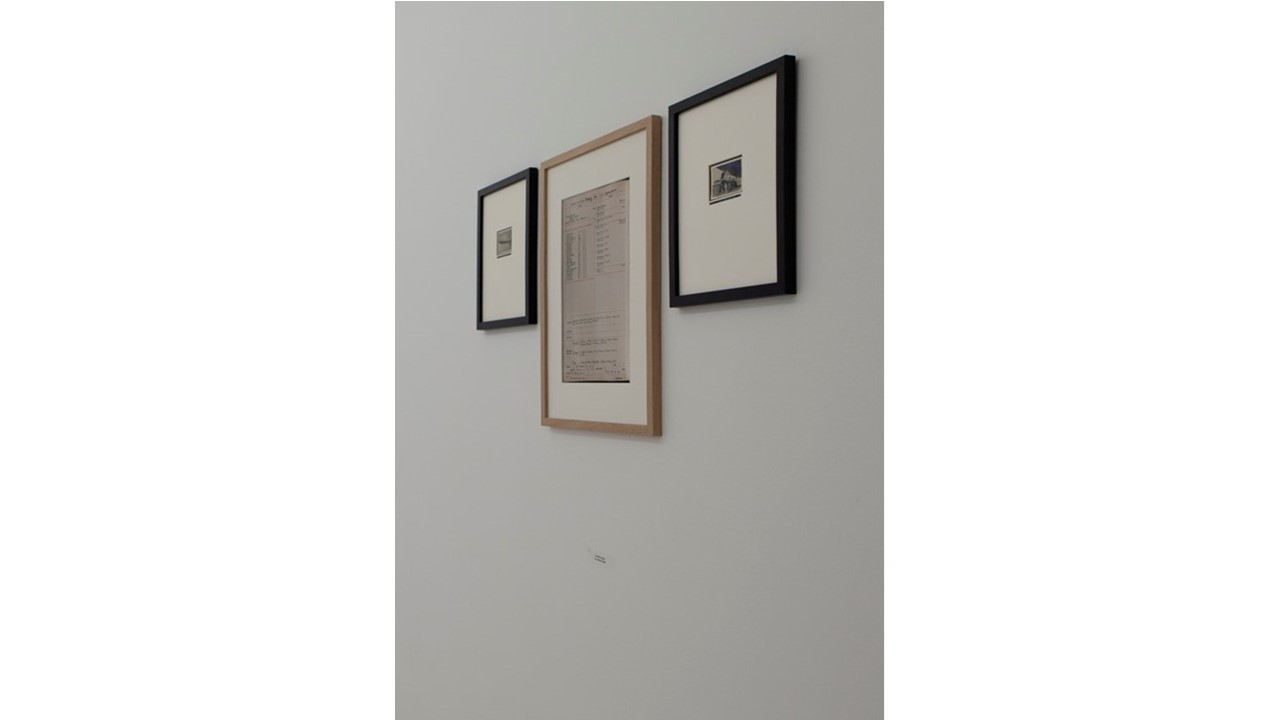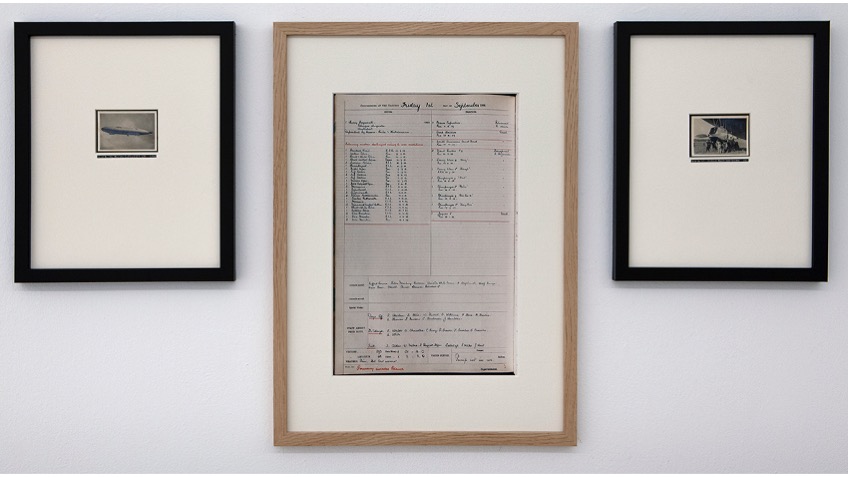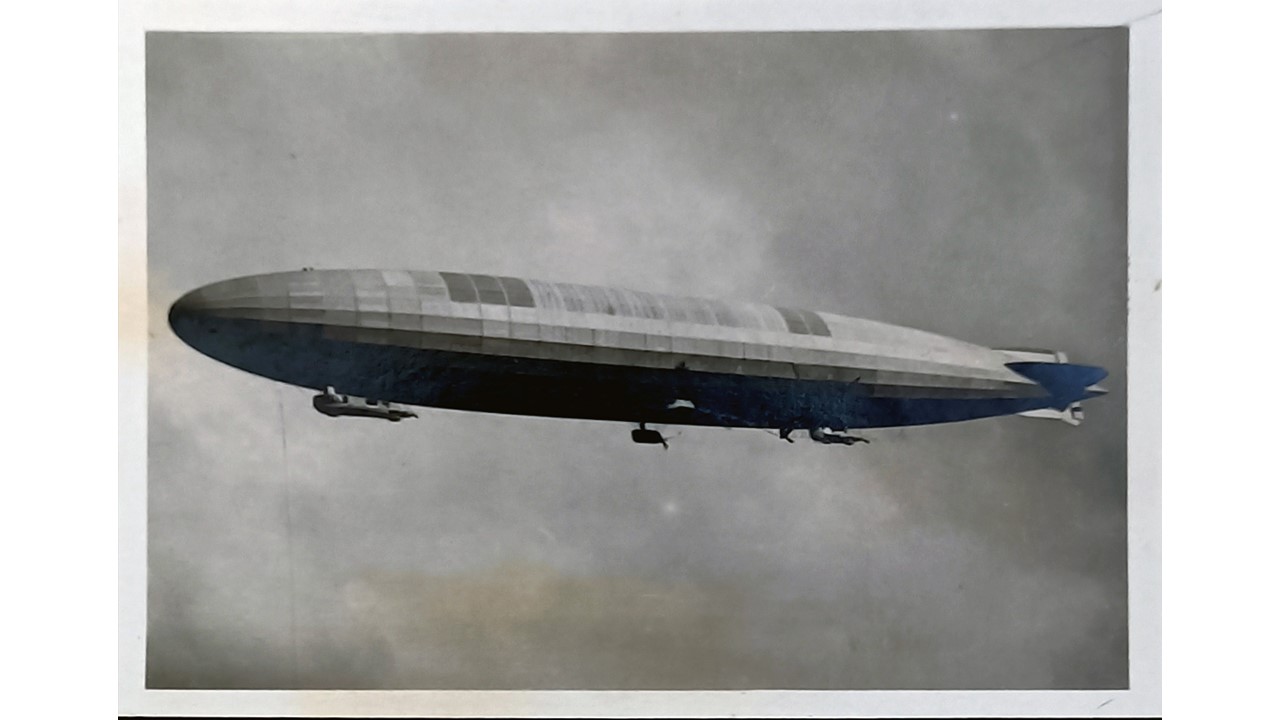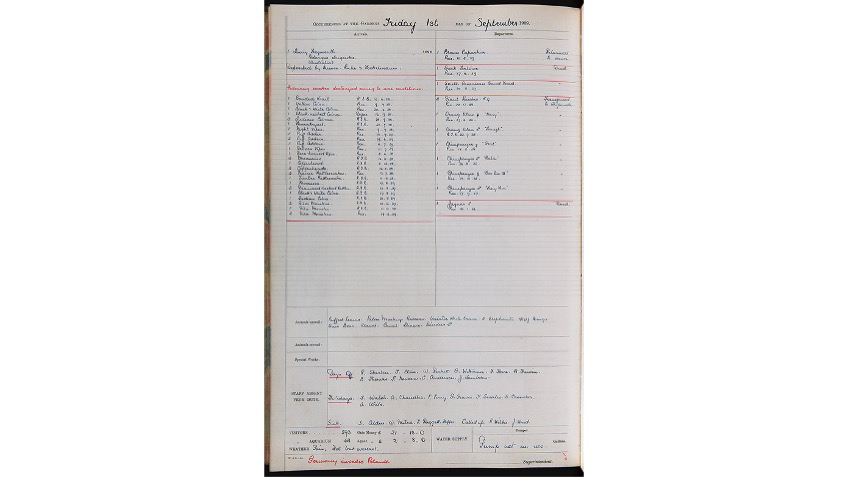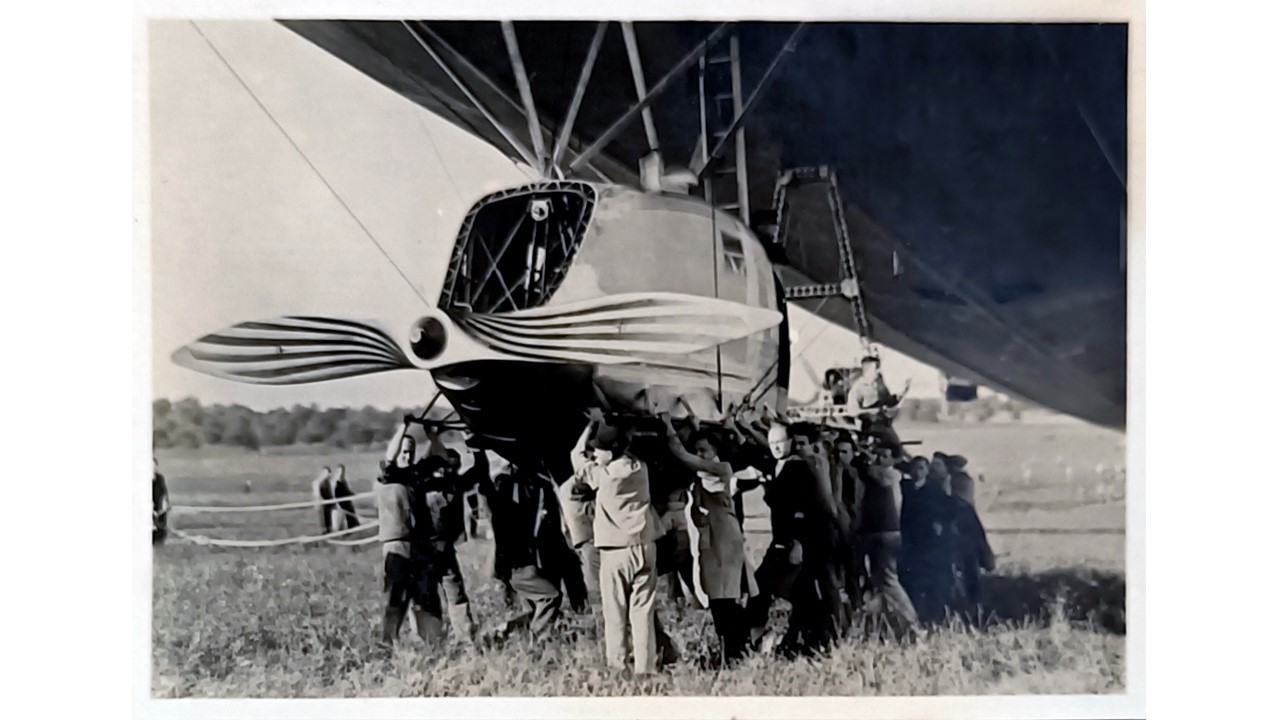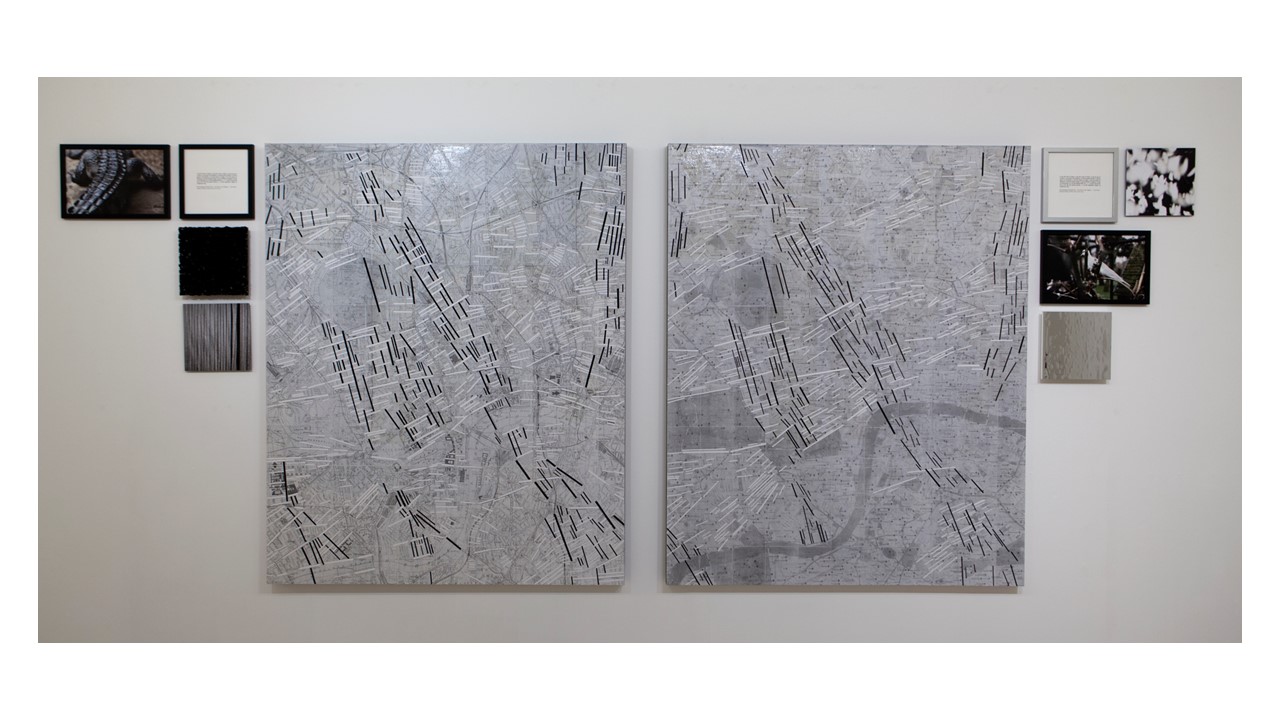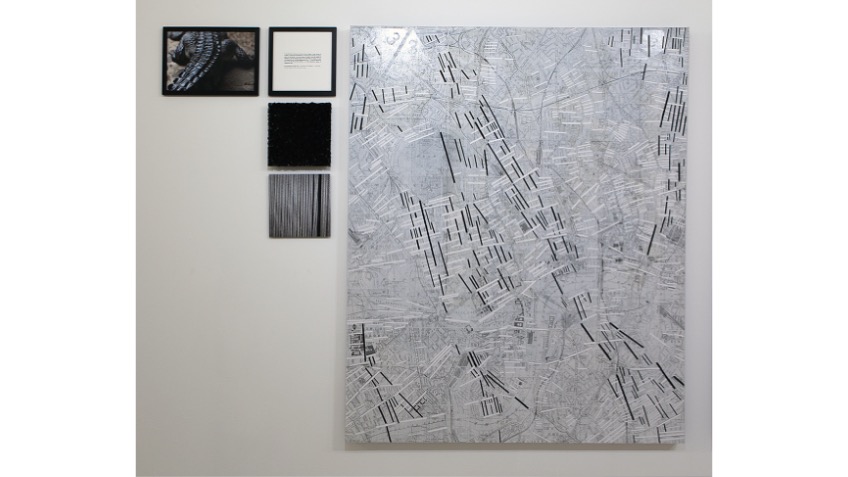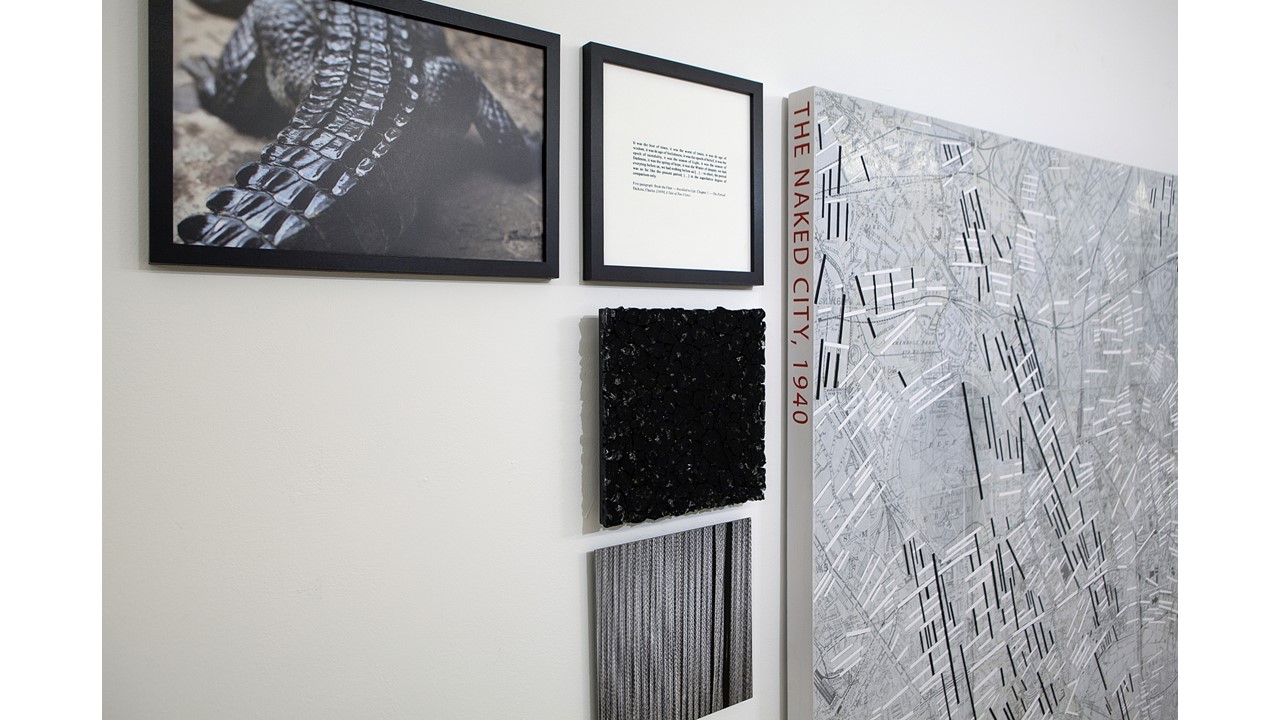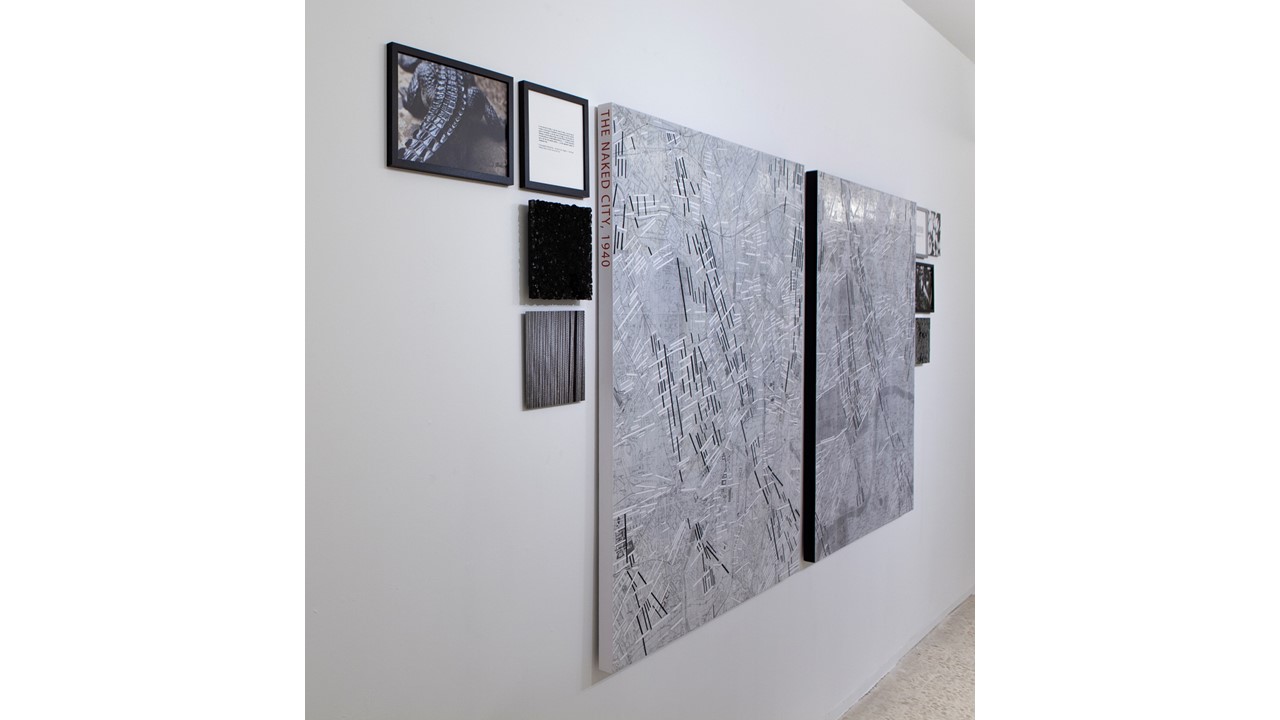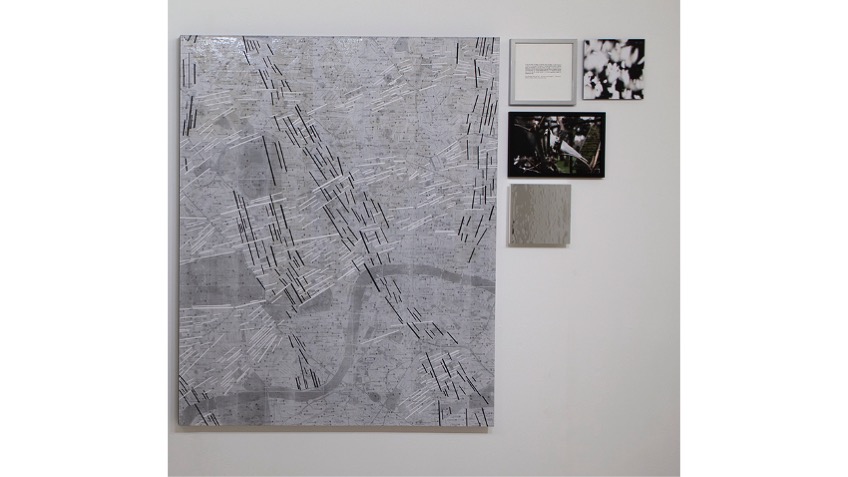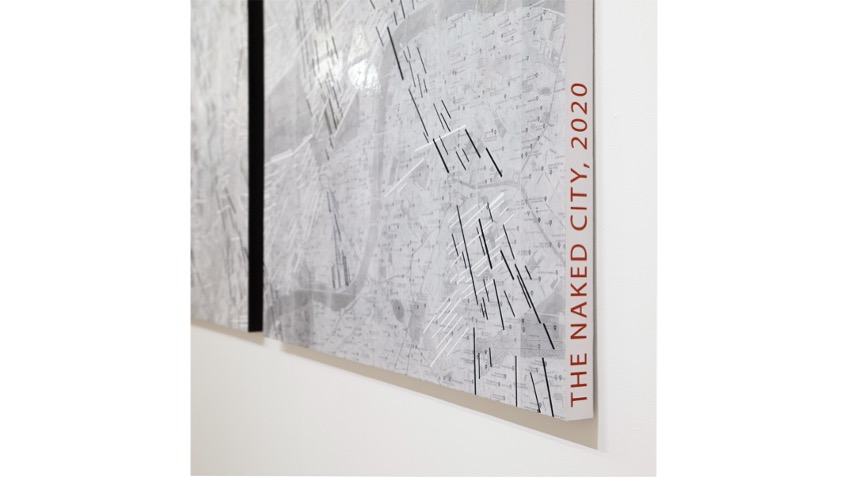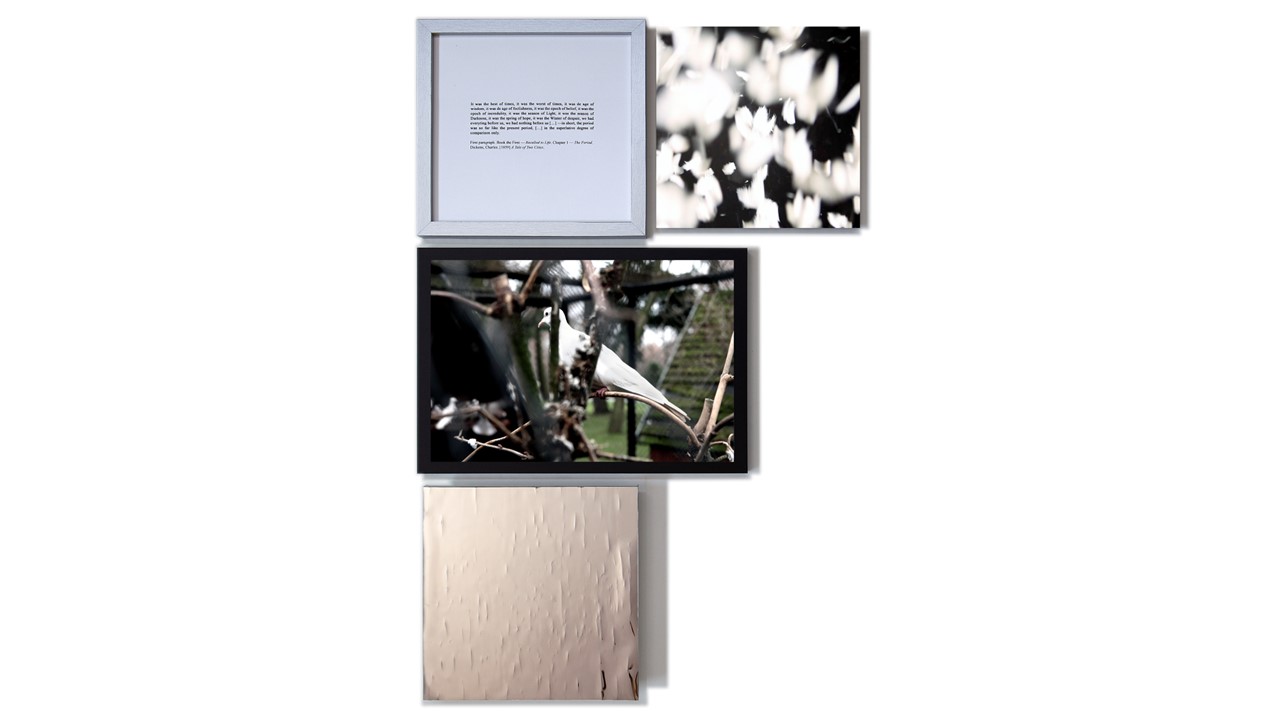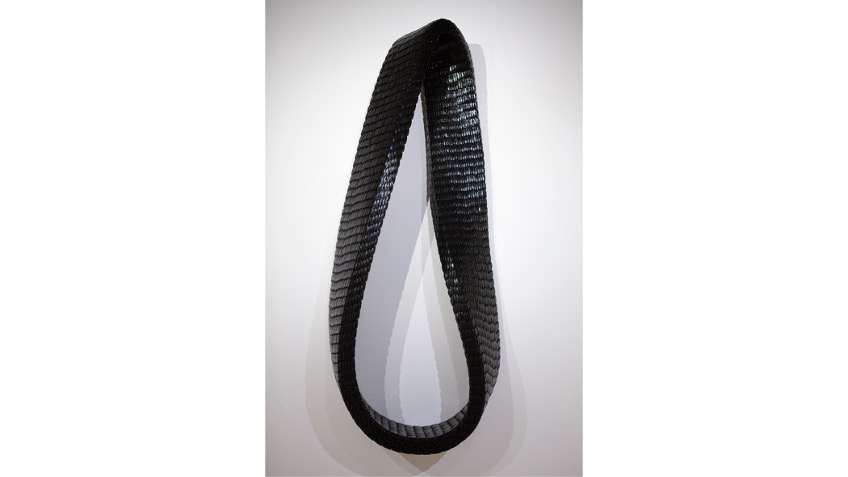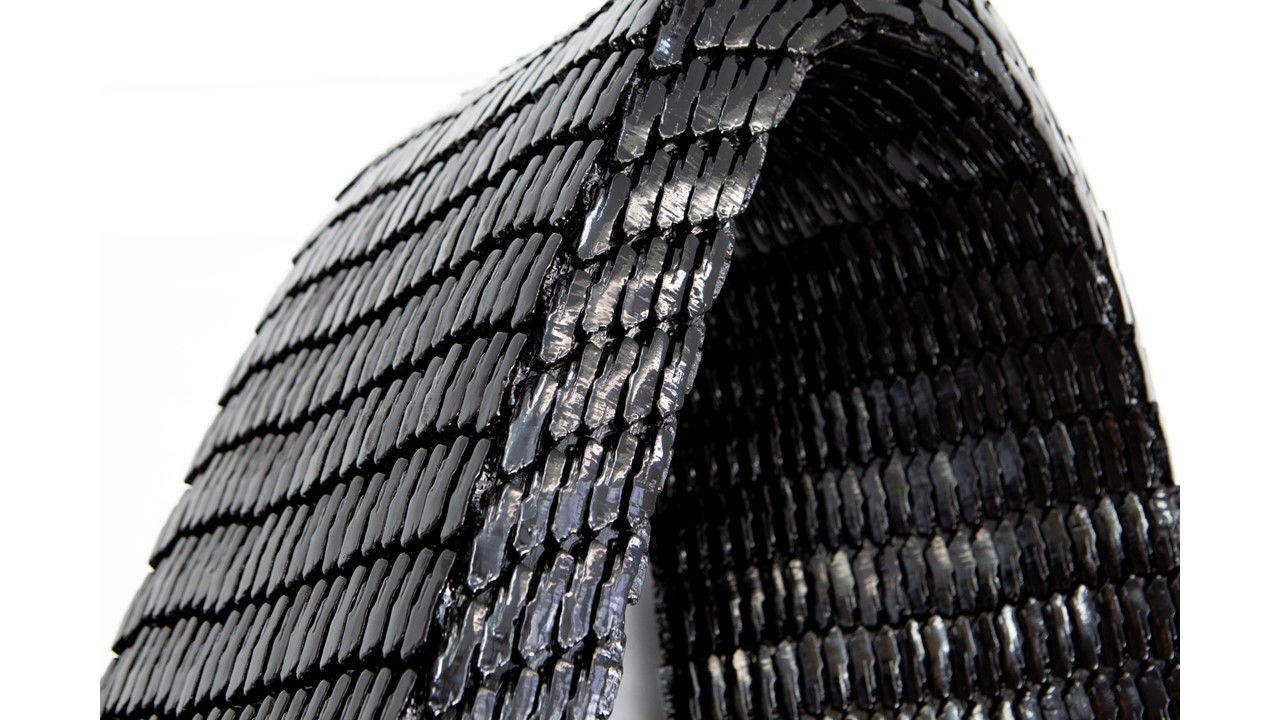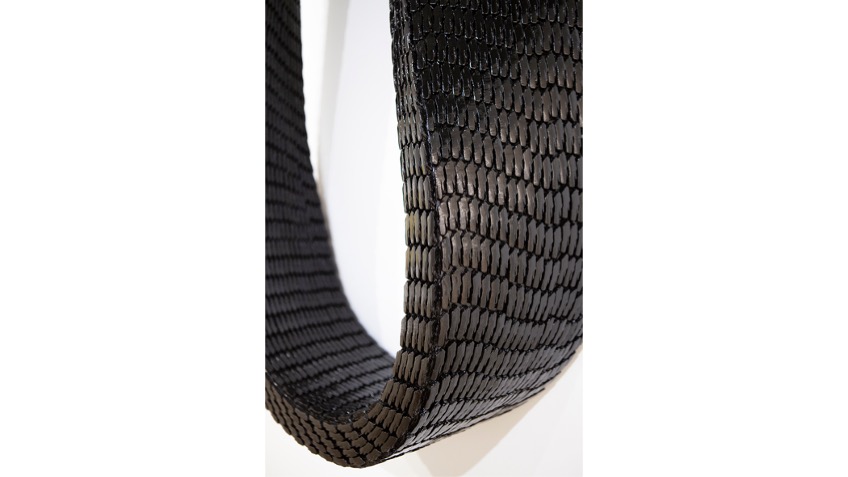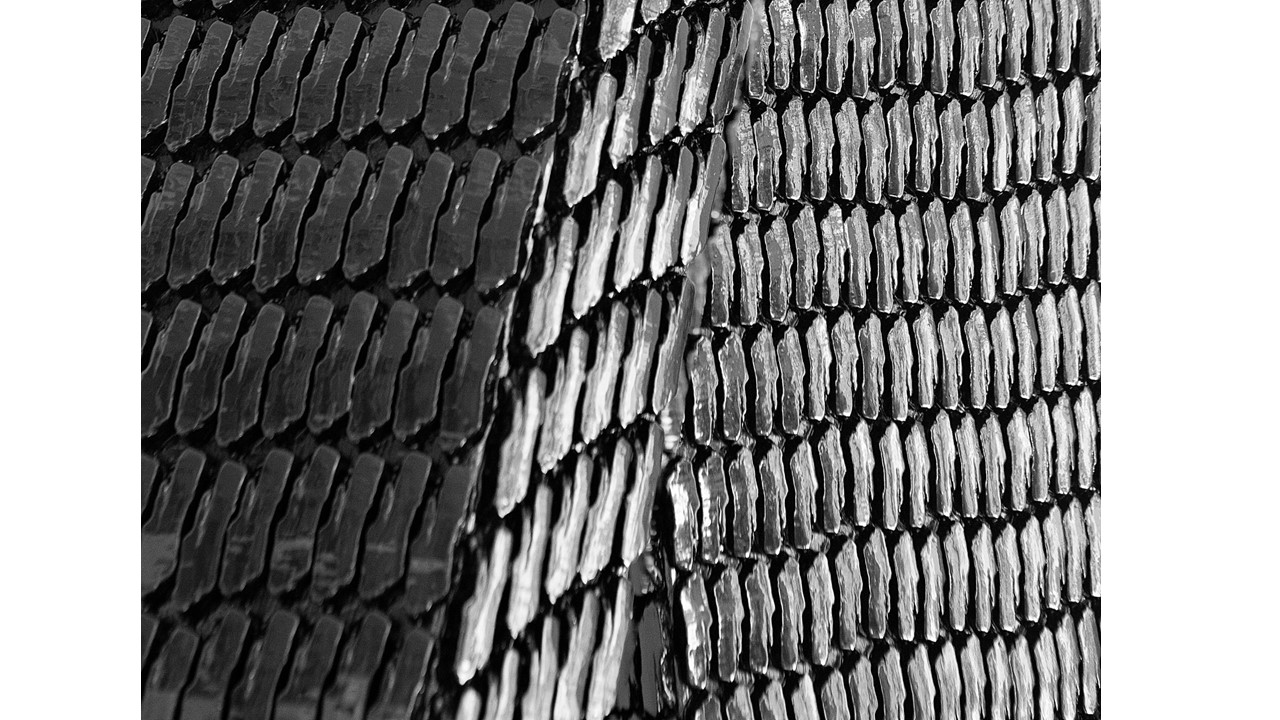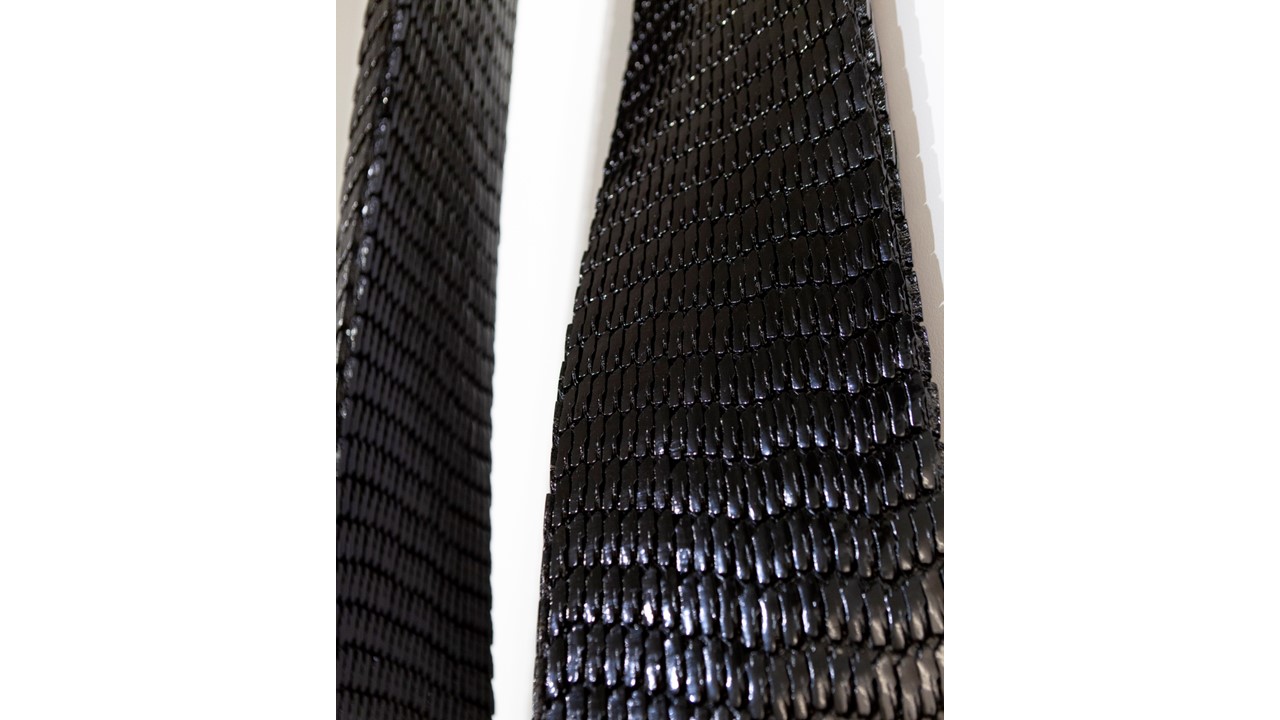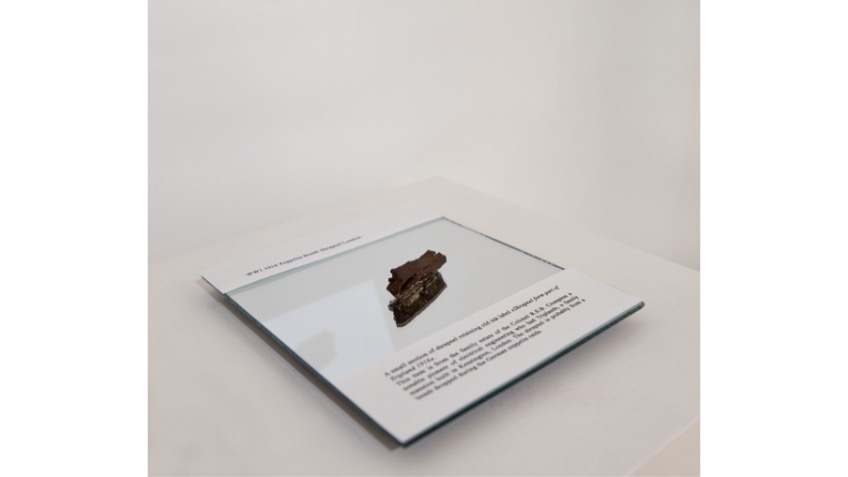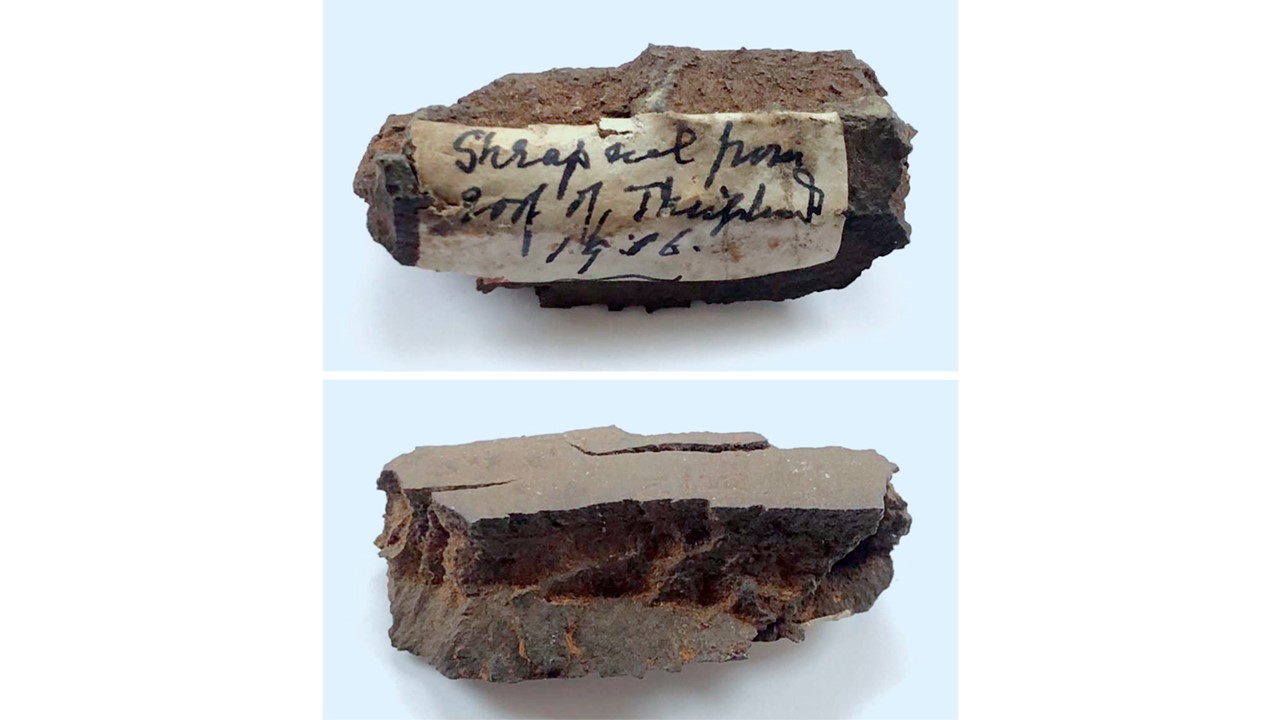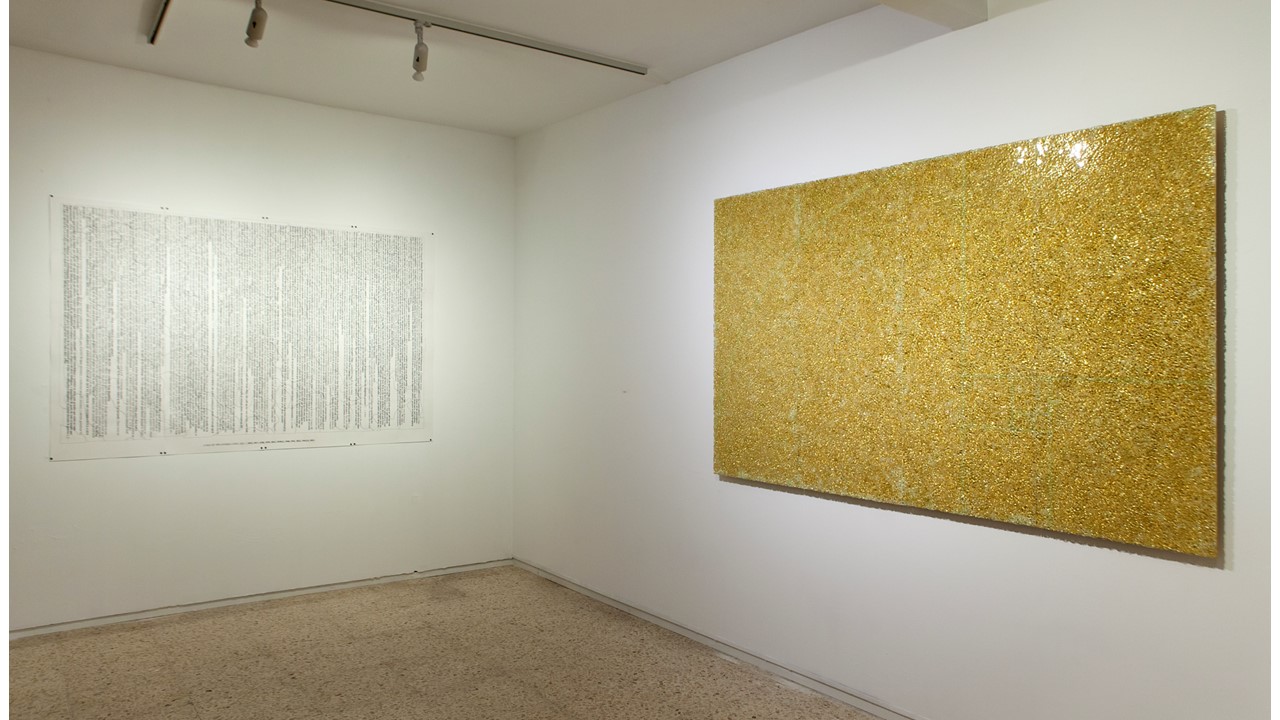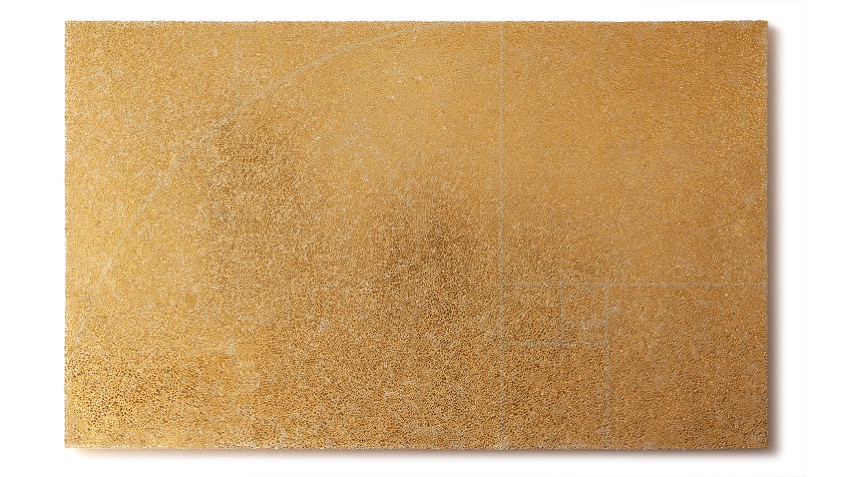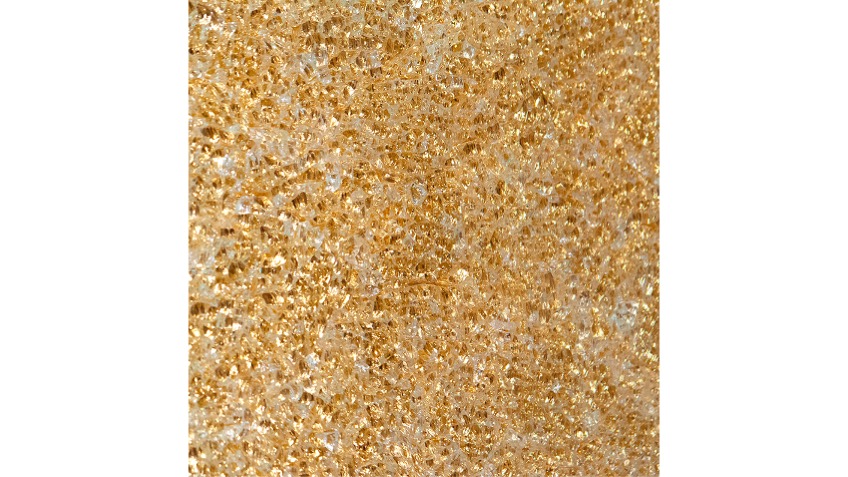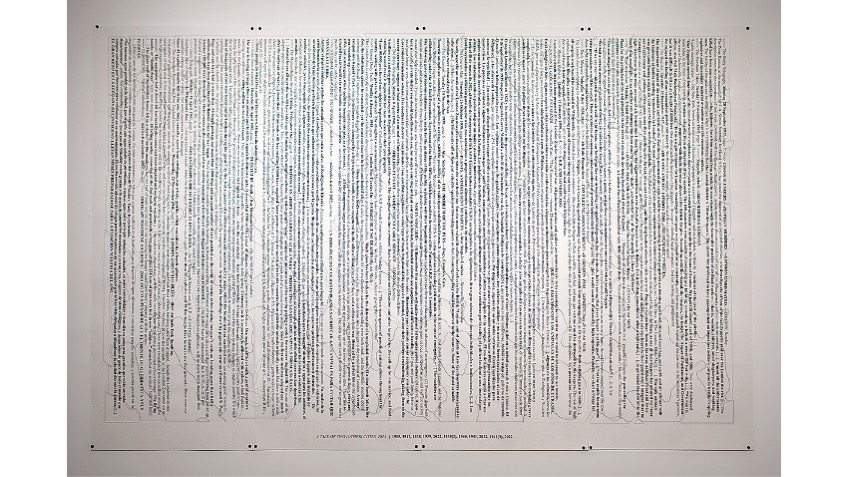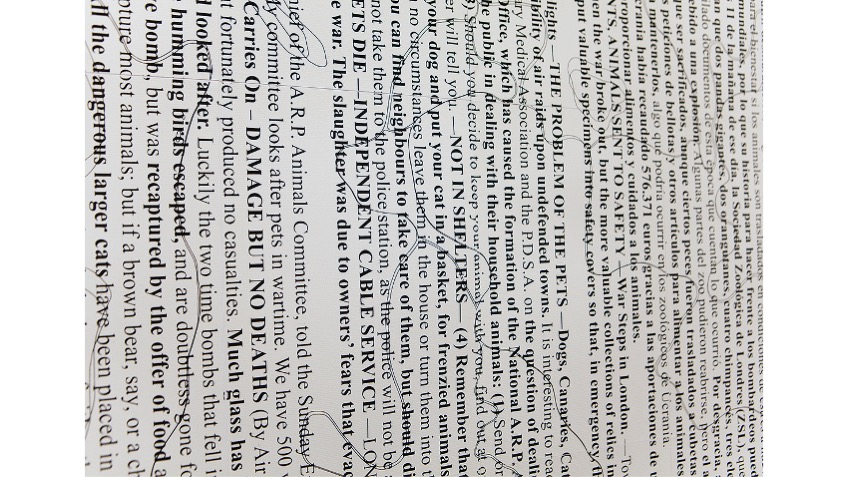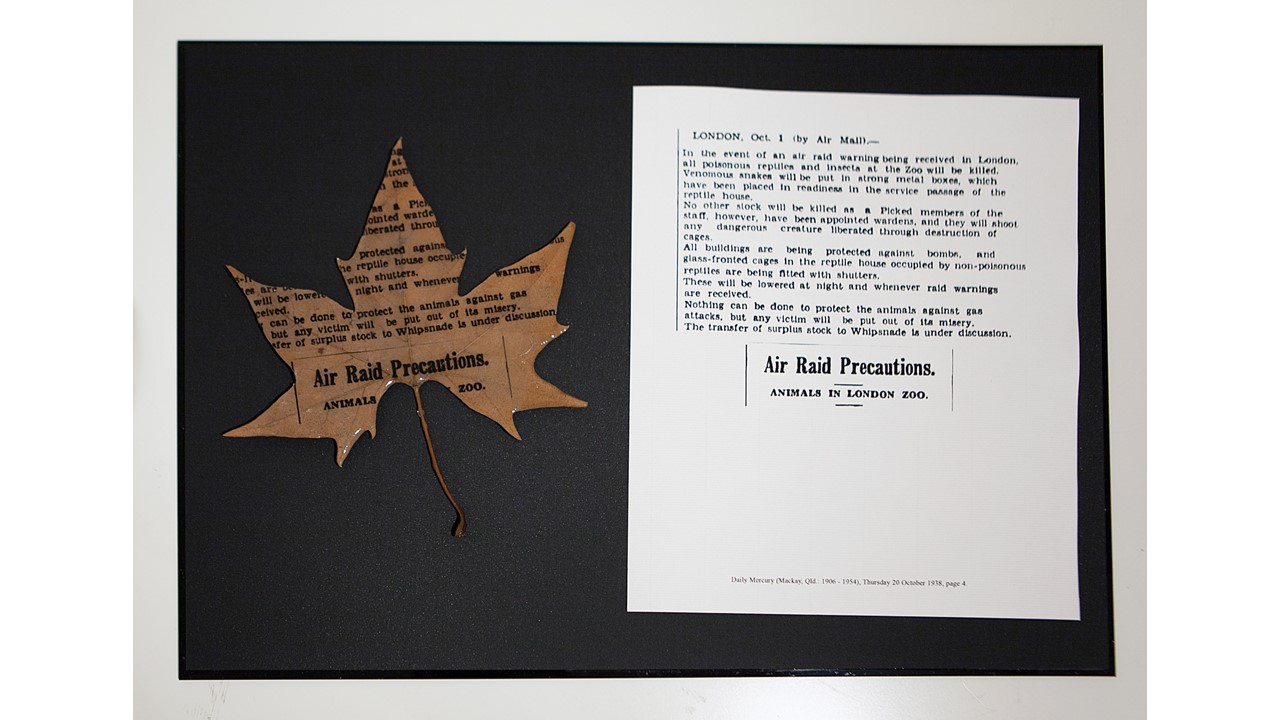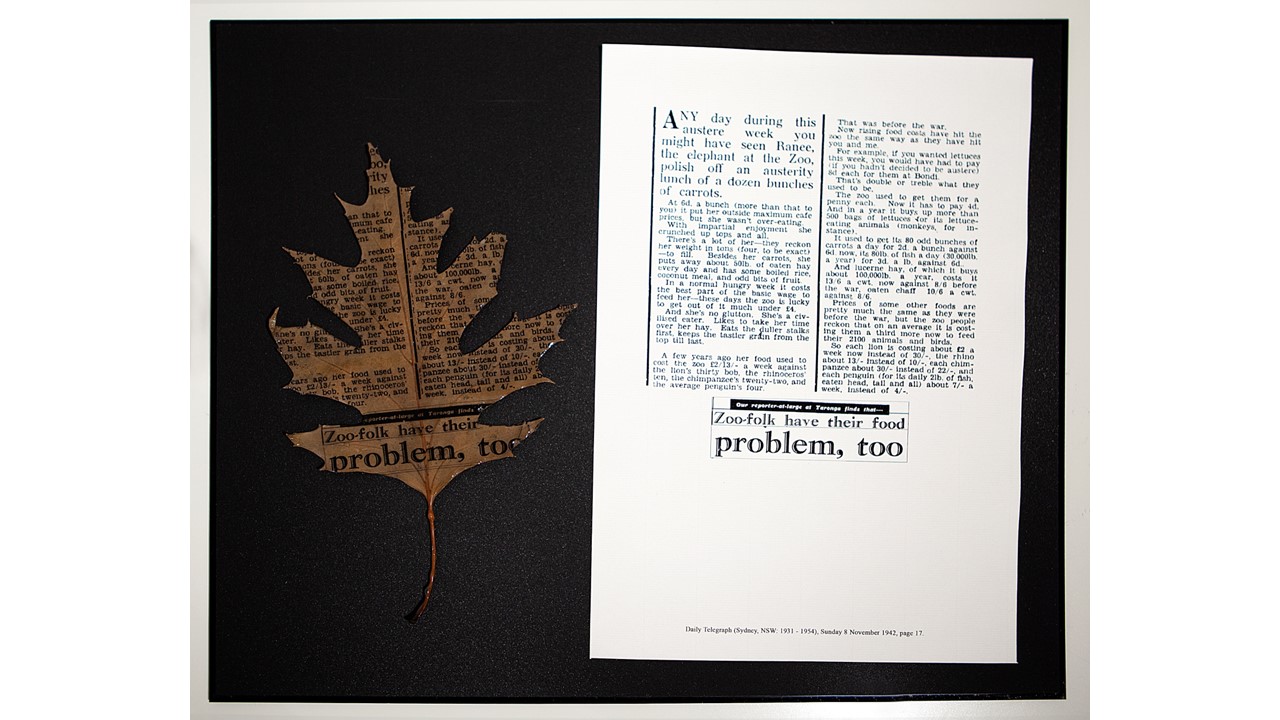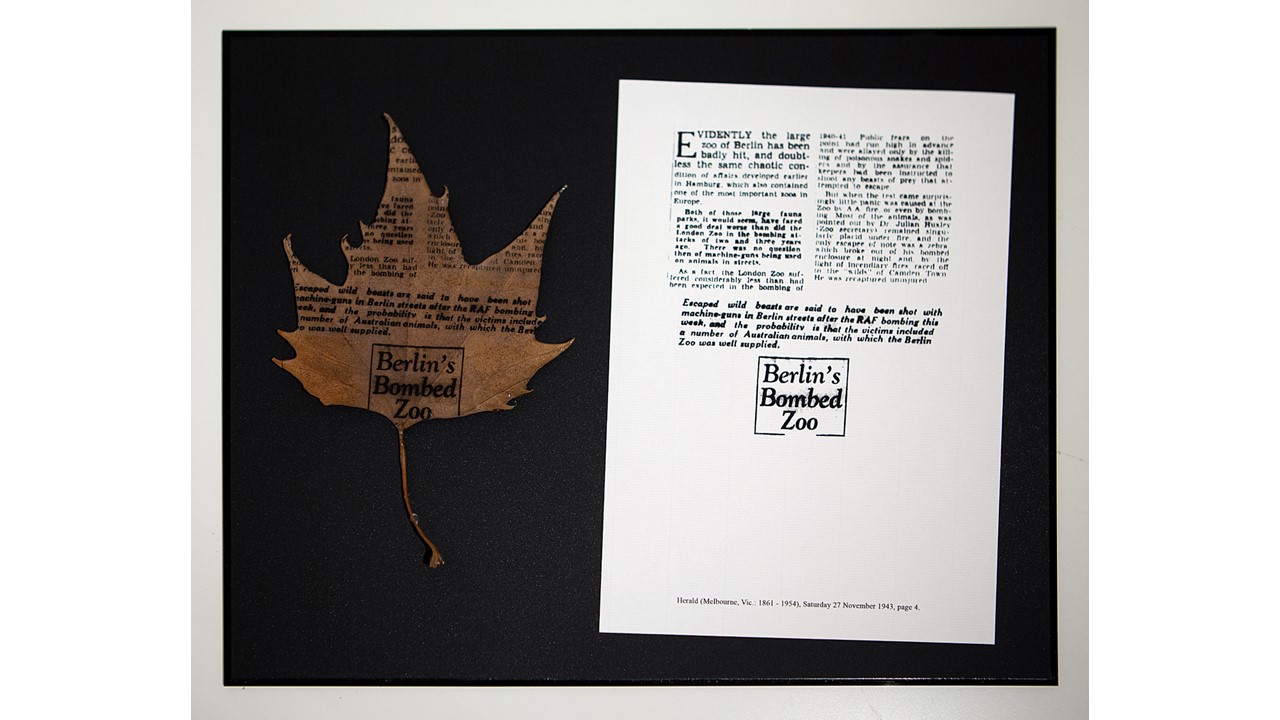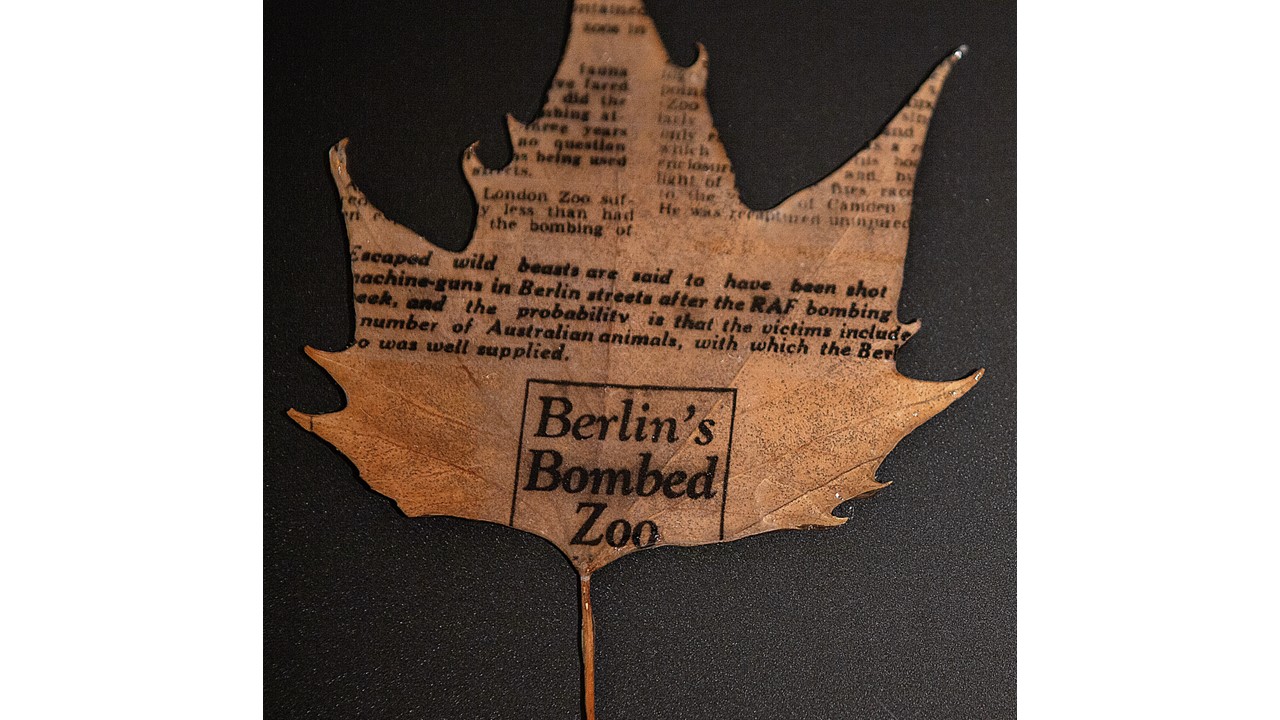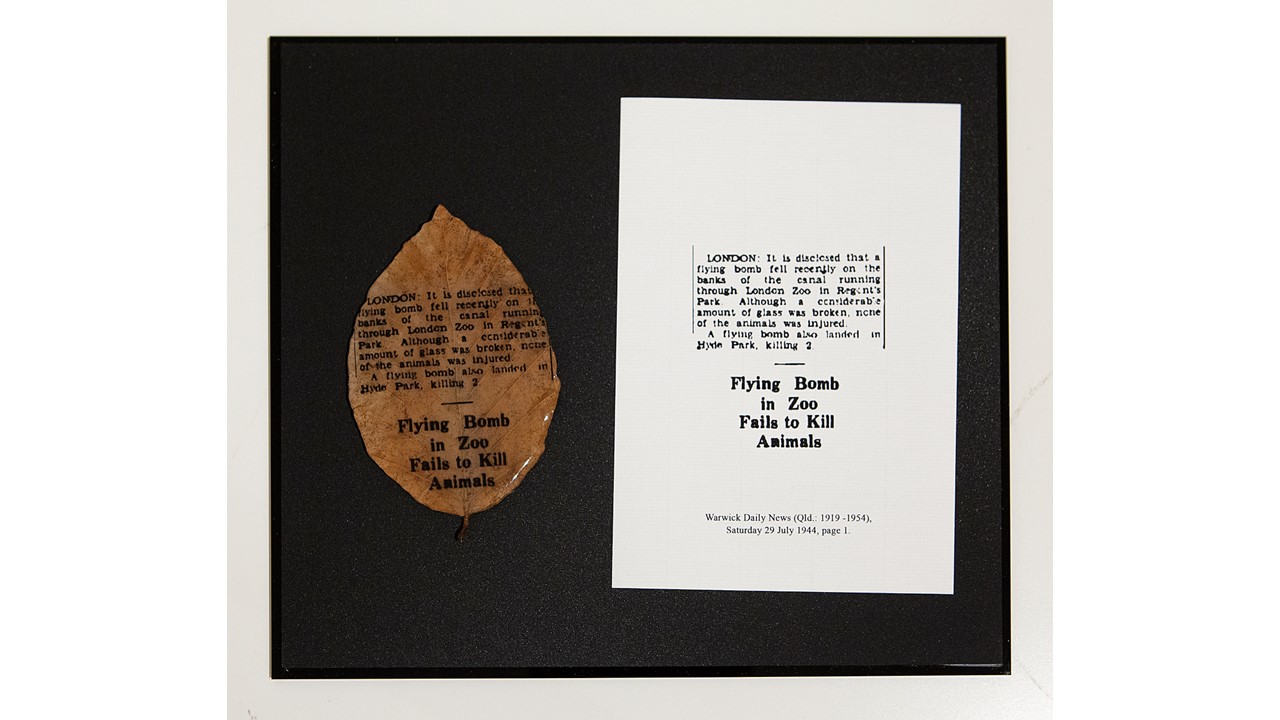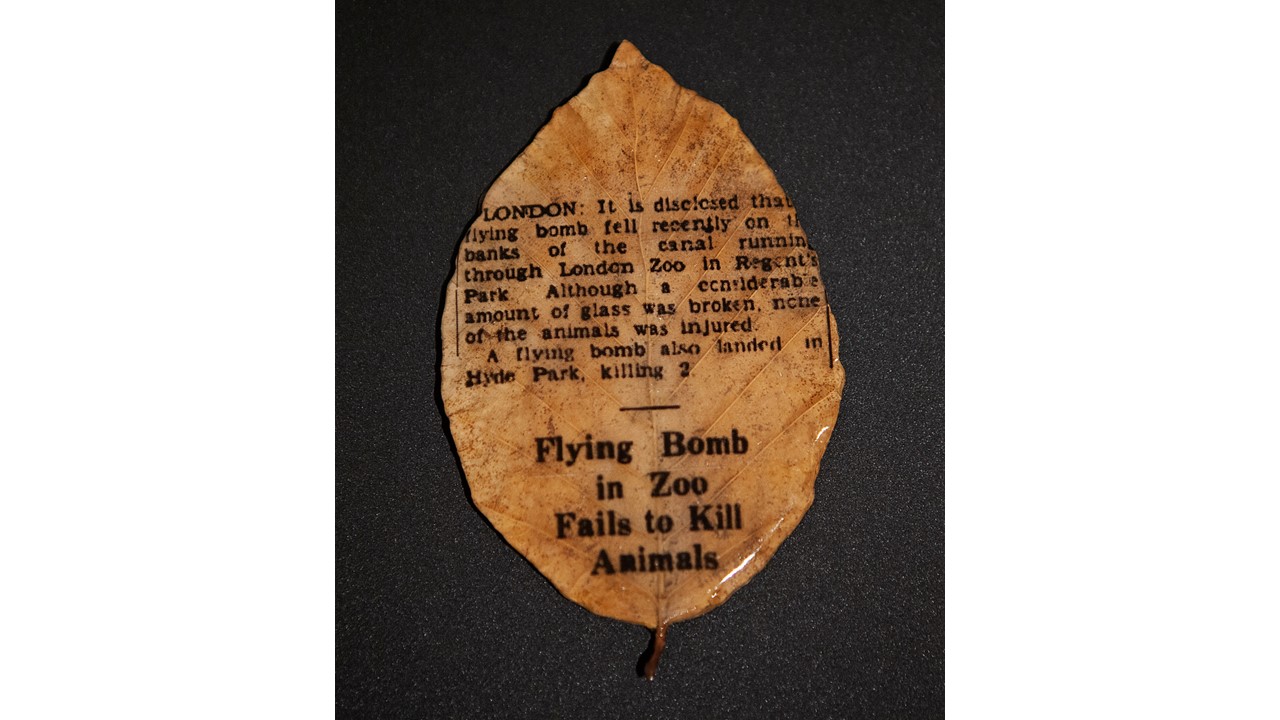The double image
Rocío Garriga
from November 7, 2023 to December 30, 2023
The double image constitutes the "second chapter" of the Bombed Zoos project, a long-term proposal on which Rocío Garriga began working in 2016, and which aims to present the history of the zoos that have been bombed from the Second World War to the present day, establishing dialogues and generating metaphors that help us to examine and think about the various issues presented by our present day.
The Bombed Zoos project is based on the reality of a story - H.G. Wells' The War in the Air - that was only a "fantasy of possibility" when it was written in 1907. Garriga is interested in what happens to L/life in the actual deployment of any war that takes place in the air and unfailingly ends up spilling over to Earth. The first exhibition deriving from the Bombed Zoos project was entitled The Mirror Rule which opened in 2018 at Freijo Gallery. The group of works that formed part of that "first chapter", as well as their arrangement in the exhibition space, were aimed at showing the history of the Warsaw Zoo during the occupation and the bombings that took place there in 1939. The main vector of the Bombed Zoo project is none other than that of trying to establish dialogues with the intention of offering an update of our past, of presenting relations between facts and behaviours that make it possible or help to observe and think about the various problems presented by our present day...
The double image is an exhibition that attempts to present part of what happened at London Zoo during the bombing campaign that London suffered from September 1940 to May 1941. As the artist says, "I can't explain what the works mean, but what I can tell you is how they came about or what gave rise to each one of them". This exhibition presents a story that deals with our way of (co)habitating (with) L/life, with our desires and our fears, with how the ideas that are founded on them have the capacity to affect a reality that is deformed and transformed by them.
The works on display take as their starting point a period of research at the Zoological Society of London (ZSL) and the entire archive of the British Library thanks to the support of the London College of Communications (LCC). After this period, Garriga went on to organise, study and orientate in some direction all the information she had managed to accumulate, so that she could begin to devote herself to the creation and production of the works with which she intended to show the unique, and at the same time universal, history of London Zoo.
What was it that led London Zoo to destroy its snakes and spiders as a preventive measure against the possibility of aerial bombardment in the war of 1939? What prompted hundreds of thousands of people to put down their animals at the outbreak of war?
“War in the Air” means social destruction instead of victory as the end of the war.
The War in the Air by H.G. Wells
Supported by:

